Unification Council of Korea proposes:
By Editorial Writer Cho Kyung-hee with Ms. Kim Jung-mi
The year 2019 is expected to open up a watershed moment for the denuclearization and peace cooperation on the Korean Peninsula. President Moon Jae-in’s New Year news conference, North Korean leader Kim Jong-un’s New Year message and exchanges of “warm” letters between U.S. and North Korean leaders are evidences that a new era of hope and opportunity is emerging.
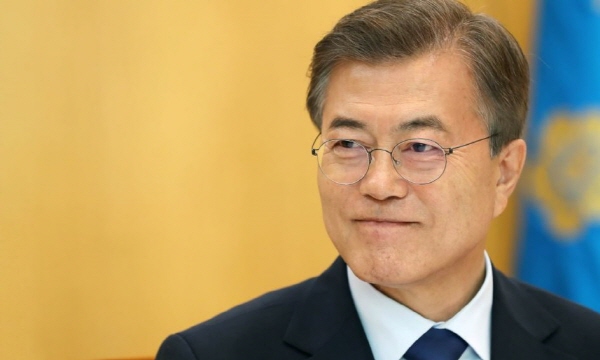
Given the circumstance, the government should go the extra mile to unite national consensus by collecting a wide range of public opinions. The Korea Post obtained the "2019 North Korea Policy Proposal,” which was produced by the non-profit corporation, Unification Council of Korea, and publish a summary. Unification Council of Korea Chairman Koo Bon-tae (former Unification Policy Chief) and former Vice Unification Ministers Um Jong-sik and Kim Hyung-seok participated in the writing of the 48-page report, along with former unification officials including Jeon Gyeong-man, Ko Sung-ho and Park Young-ho.
The following is a summary of the “2019 North Korea Policy Proposal: ”Above all, it is necessary to formulate policy options to open an era of denuclearization, peace and cooperation on the Korean Peninsula by keeping inter-Korean relations on a solid footing through faithful implementation of the agreements of the 4.27 Panmunjom Declaration and the 9.19 Pyongyang Joint Declaration. Furthermore, it is necessary to find a breakthrough for the stalled denuclearization talks between the United States and North Korea and the improved inter-Korea relations.
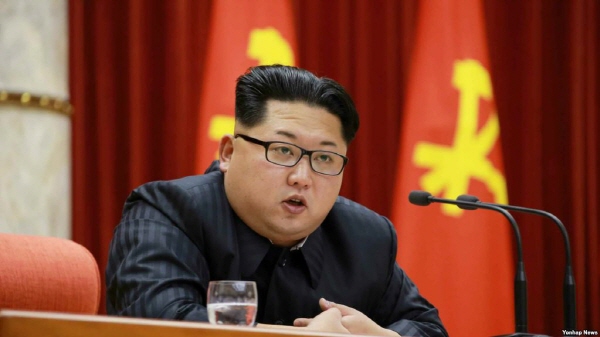
In order to find valuable policy options, we need to set several prerequisites.
Setting Prerequisites
(1) The international community must continue its efforts to impose sanctions and increase pressure on North Korea in order to fully denuclearize the Korean Peninsula. It should be noted that the global community's sanctions against North Korea have proved effective in halting the North’s provocations of nuclear and missile tests and its coming to the dialogue table over the past year.
(2) For the purpose of materializing the complete denuclearization on the Korean Peninsula at an early date, new incentives are needed to give an impetus to denuclearization, in addition to economic sanctions. One option is to develop inter-Korean cooperation in various aspects, such as political, diplomatic, economic and military.
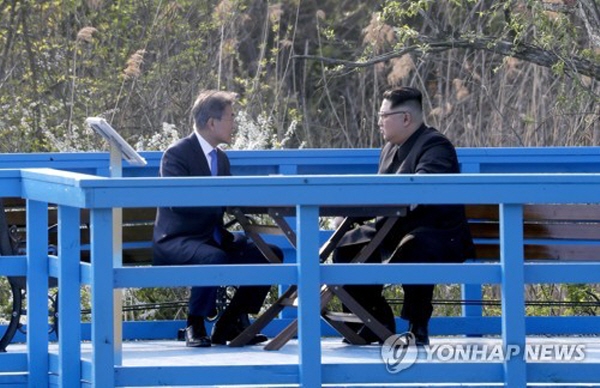
- Seoul and Pyongyang should sign a South-North Basic Agreement which will serve to supplement and advance existing agreements including the 1992 inter-Korean Basic Agreement. Based on the premise that "one national community, two government systems shall work together and co-exist toward unification," the proposed agreement should declare the end of the war as an interim measure to turn the current armistice into a peace regime.
- The South and the North should faithfully implement the 9.19 South-North Korean military agreements for the purpose of easing military tensions and preserving the armistice system. This is important as heightened tension on the Korean Peninsula will likely make the two Koreas heavily dependent on the U.S. and China. We also need to address concerns that the two Koreas could be swayed by the interests of the U.S. and China in negotiations to resolve the Korean issues.

Based on the premise that it is not an obstacle to sanctions against Pyongyang in economic terms, Seoul should explore ways to strengthen economic cooperation with North Korea. Above all, it is urgent to devise complementary, balanced and peaceful policy options to address the North Korean nuclear issue, establish a lasting peace regime and enhance inter-Korean relations, which are critical for the realization of peace and prosperity policy on the Korean Peninsula.
Inter-Korean cooperation should not be an obstacle to denuclearization, and keeping the sanctions against North Korea is necessary for the complete denuclearization of the Korean Peninsula, but sanctions and pressures on the North should neither threaten North Koreans’ right to survive nor hamper improvements in inter-Korean relations. While pursuing policy alternatives to secure the sincerity of North Korea's denuclearization and implement them, the South needs to implement policy options including incentives to speed up denuclearization through inter-Korean cooperation.
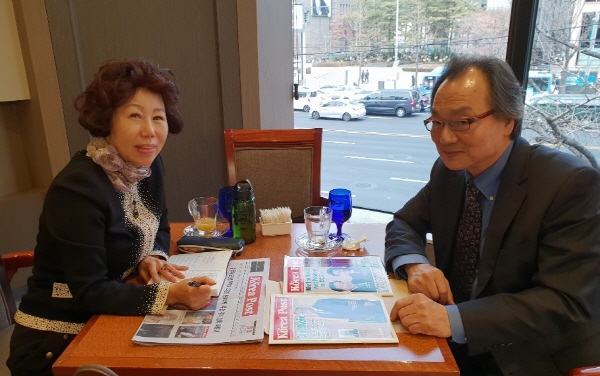
In any case, humanitarian aid and related measures should be preserved and strengthened. As sanctions against North Korea are escalated, humanitarian aid toward the North should be increased. Not to mention an early solution to the issue of reunions of separated families, the Seoul government should also start a project to exchange visits to their hometowns and visits to graves of families who have already passed away. The government can also push for an inter-Korean project to visit the memorial altars of those who died in actions against Japan, in commemoration of the 100th anniversary of the March 1 Independence Movement.
Scenarios for Inter-Korean Relations
As part of the effort to advance policy options based on the above prerequisites, we intend to forecast the Korean Peninsula situation in 2019 by developing scenarios. The expected scenarios are divided into three categories:
(1) Stepwise advance scenario
(2) Muddling-through scenario
(3) Stepwise regression scenario
There is an ample possibility that the right scenario for 2019 may be “muddling through” like 2018, if there are no additional policy options, such as providing incentives for North Korea's denuclearization process. We should come up with policy means to elevate the muddling-through situation to “the stepwise advance” scenario.
Advancing a Five-Step Denuclearization Process
We have already made it clear that sanctions relief for North Korea will be possible when the complete denuclearization of the Korean Peninsula is irreversible. In this regard, our proposal divides the next two years into five stages and envisage a five-step denuclearization implementation plan (including corresponding measures). Overall, we propose that a package deal be signed at the second U.S.-North Korea summit.
How to Implement the Five-Step Denuclearization Process
Steps & timelines of Implementation: These are to be agreed upon between North Korea and the United States
First-Stage: Second U.S.-North Korea Summit
• North Korea-U.S. comprehensive agreement: Two-year process for FFVD (final, fully verified denuclearization) and security guarantee of North Korea and normalization of bilateral relations.
- Schedule for freezing, reporting, inspection, dismantling and verification of North Korea's nuclear arsenal. Timeline of lifting sanctions and signing a peace treaty with the declaration of the end of the war
※ North Korea: willing to rejoin the NPT
※ The United States.: declaration for non-use of nuclear weapons against North Korea and establishment of diplomatic relations with North Korea
Second-Stage: A Package Deal
Within 3 months • freeze and report North Korean nuclear weapons, alongside the adoption of U.S. measures to improve relations with Pyongyang
- North Korea: spontaneous freezing and reporting objects subject to U.S. inspections, return to NPT, accept inspection plans and allow staff members to reside
- United States: grant first round of sanctions relief and show willingness to replace the armistice agreement
Third-Stage (after the implementation of Step 2)
Within 9 months • North Korea: implementation and verification of inspection and dismantlement /disarmament
• United States: adoption of the end-of-war declaration and the commencement of negotiations for a peace treaty
- North Korea: disposal of nuclear materials and nuclear arsenal and destroy the means of carrying nuclear weapons.
- The United States: adoption of the North Korea’s nuclear dismantling and the declaration of the end of the war immediately after the IAEA inspections, opening liaison offices between the U.S. and North Korea as second round of sanctions relief.
Fourth-Stage ( after the implementation of Step 3)
Within 3 months • complete dismantling of North Korea's nuclear and missile programs
• U.S., support with CTR program, complete lifting of sanctions against North Korea
- North Korea: guarantee IAEA inspection activities as a member of the NPT
- United States: sign a U.S.-North Korea Nuclear Cooperation Agreement
※ Sign a Basic South-North Korean Agreement and a peace regime
※ An agreement governing international guarantee on the implementation of the peace regime
Fifth-Stage (after the implementation of Step 4)
Within 6 months • U.S.-North Korea diplomatic relations and opening of embassies in respective countries
• Follow-up to the conclusion of a peace treaty
- Start inter-Korean arms reduction negotiations (reduction of attacking weapons and forces)
- Non-regularization of ROK-U.S. joint military drills
- North Korea joins international military cooperation and arms control organizations such as CCW, MTCR, CWC, BWC, CTBT.
| Steps | Period of Implementation | Agreements between North Korea and the United States |
| First | Second U.S.-North Korea Summit | • North Korea-U.S. comprehensive agreement: Two-year process for FFVD (final, fully verified denuclearization) and security guarantee of North Korea and normalization of bilateral relations. |
| - Schedule for freezing, reporting, inspection, dismantling and verification of North Korea's nuclear arsenal. Timeline of lifting sanctions and signing a peace treaty with the declaration of the end of the war※ North Korea: Willing to rejoin the NPT ※ The United States: Declaration for non-use of nuclear weapons against North Korea and establishment of diplomatic relations with North Korea. | ||
| Second Stage | A package deal within 3 months | • Freeze and report North Korean nuclear weapons, alongside the adoption of U.S. measures to improve relations with Pyongyang |
| - North Korea: spontaneous freezing and reporting objects subject to U.S. inspections, return to NPT, accept inspection plans and allow staff members to reside - United States: grant first round of sanctions relief and show willingness to replace the armistice agreement | ||
| Third Stage | Within 9 months after Imple- mentation of the Second Stage | • North Korea: implementation and verification of inspection and dismantlement /disarmament • United States: adoption of the end-of-war declaration and the commencement of negotiations for a peace treaty |
| - North Korea: disposal of nuclear materials and nuclear arsenal and destroy the means of carrying nuclear weapons. - The United States: adoption of the North Korea’s nuclear dismantling and the declaration of the end of the war immediately after the IAEA inspections, opening liaison offices between the U.S. and North Korea as second round of sanctions relief. | ||
| Fourth Stage | Within 3 months after implement- ation of the Third Stage | • Complete dismantling of North Korea's nuclear and missile programs • U.S., support with CTR program, complete lifting of sanctions against North Korea |
| - North Korea: guarantee IAEA inspection activities as a member of the NPT - United States: sign a U.S.-North Korea Nuclear Cooperation Agreement ※ Sign a Basic South-North Korean Agreement and a peace regime ※ An agreement governing international guarantee on the implementation of the peace regime | ||
| Fifth-Stage | Within 6 months after implement- ation of Fourth Stage
| • U.S.-North Korea diplomatic relations and opening of embassies in respective countries • Follow-up to the conclusion of a peace treaty |
| - Start inter-Korean arms reduction negotiations (reduction of attacking weapons and forces) - Non-regularization of ROK-U.S. joint military drills - North Korea joins international military cooperation and arms control organizations such as CCW, MTCR, CWC, BWC, CTBT. |
A Proposal for the Construction of “Unipeace City”
Several inter-Korean cooperation measures have been proposed to prevent clashes between sanctions and inter-Korean relations, minimize differences between the two sides, and streamline the implementation of inter-Korean agreements. During the inter-Korean summit, the two Koreas have proposed to jointly develop a "Unipeace City" at the estuaries of the Han River and the Imjin River as part of a joint project to develop active human resources for North Korea. The idea of building a peace city includes a plan to develop the city into a "peace city" in 1989 as a unified Korean community after it was proposed in a speech at the U.N. General Assembly starting 1988.
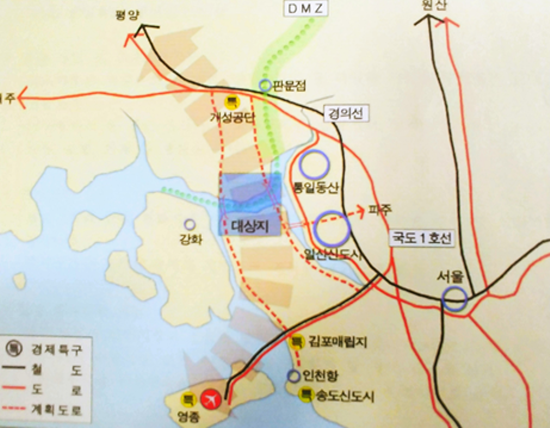
As part of the project to develop the Han River estuary, twin cities could be built in certain areas in both South and North Korea, alongside a bridge linking the two cities. The plan is similar to China's development of the Shenzhen region, and it is consistent with China's plan to build a new economic zone and a new economic map for the Korean Peninsula. The three major rivers of the Han River, the Imjin River and the Yeseong River meet to take advantage of the geological advantages that flow to the West Sea, so that the two Koreas can develop it into an international trade port when an era of peace and co-prosperity is opening.
Strengthened Role as Persuader and Guarantor from Arbitrator
Addressing the North Korean nuclear issue is not an independent task limited to the nuclear issue. This is one of our undertakings, which is complexly linked to peace and prosperity on the Korean Peninsula. We can no longer remain as a mediator to resolve the North Korean nuclear issue. We must act as a person who persuades North Korea to solve the North Korean nuclear issue and also as a guarantor. To prepare for this, the Ministry of Unification could explore the ways to strengthen its policy-making capabilities, such as restoring the deputy prime minister's status.

